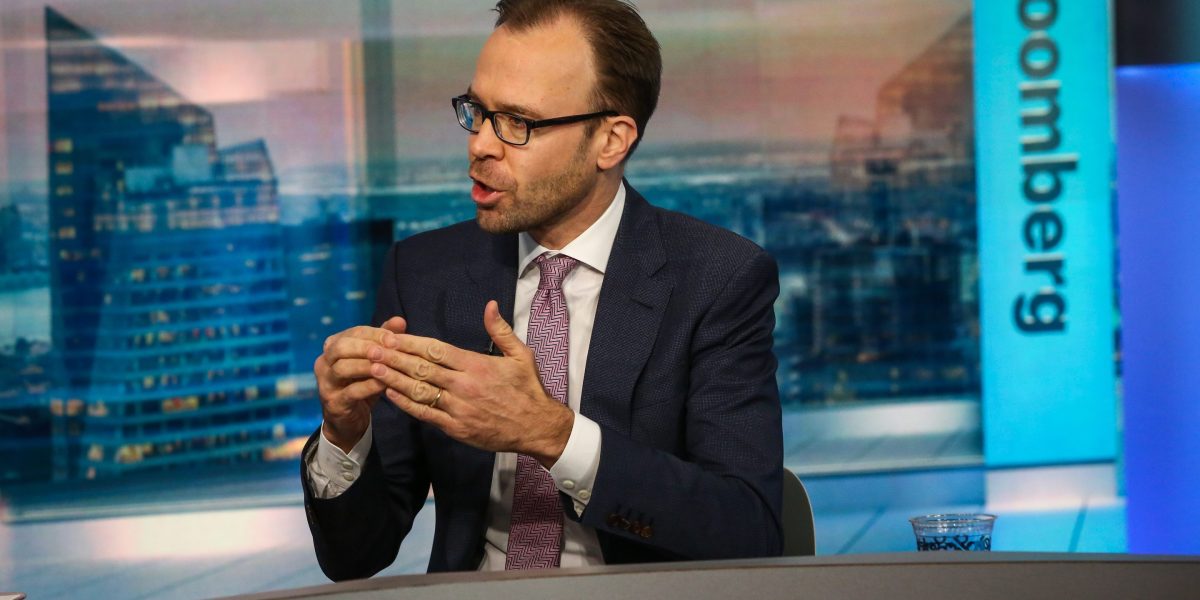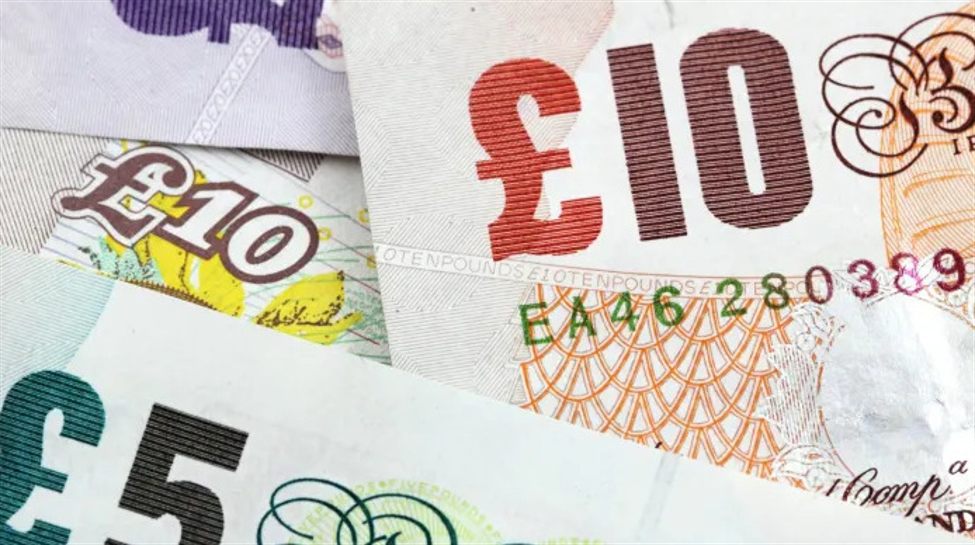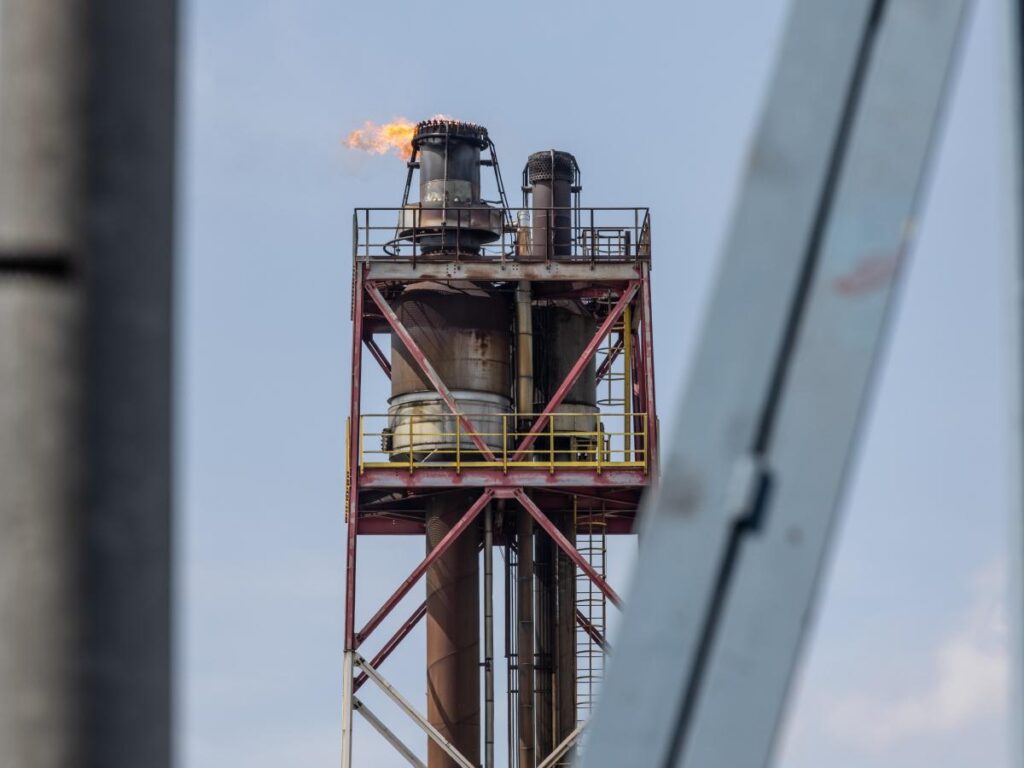

If you’re a bit stumped by where the economy’s headed, don’t worry—you’re not the only one.
A recent note from Goldman Sachs highlighted that even economic forecasters have been “humbled” by the economy over the past five years, proving their predictions wrong, repeatedly, on massive scales.
Of course, forecasters—like policymakers and the public—were navigating the fallout of a black swan event of COVID, so some errors here and there are perhaps to be expected.
But, as chief economist Jan Hatzius highlights, forecasters did—en masse—make three “big” errors—and that’s discounting the “initial collapse [of the pandemic], which was the definition of an exogenous shock.”
The first “big error” Hatzius outlines was actually a welcome surprise.
He writes that in the spring of 2020: “Forecasters massively underestimated the potential for a V-shaped recovery.
“They failed to realize that because the downturn was the result of a deliberate shutdown of the economy because of a health emergency, it would reverse very quickly as soon as the health emergency abated.”
This point, Hatzius is keen to highlight, Goldman Sachs “got right” as it did not subscribe to the consensus view.
What they got wrong
The second error, which Goldman joined its peers in getting wrong, occurred in 2021.
“The consensus of forecasters massively underestimated the potential for a sharp rise in inflation because their views were conditioned by the low and stable inflation rates of the prior 30 years,” Hatzius writes in the note seen by Fortune.
Here, hindsight is 20/20 and would have saved Jerome Powell a lot of work. Currently, the Fed is battling inflation back down to a target of 2% after it spiked at 9.1% in June 2022.
Currently the rate of consumer price increases sits at 3%. Forecasters expect the Federal Reserve committee to begin cutting rates in September.
The third error occurred between 2022 an 2023, when forecasters widely predicted a recession would be needed to bring inflation back down to acceptable levels.
“In case you were wondering, we got this one right in the sense that we didn’t expect a recession, although growth has been even stronger than our forecast over the past 18 months,” Hatzius says.
While Hatzius frames this oversight particularly in 2022 and 2023, still not everyone would agree with the notion that the U.S. will avoid a recession.
Just ask Jamie Dimon, CEO of JPMorgan Chase. While the market is largely pricing in a soft landing, the Wall Street veteran puts the odds of this outcome as between 35% and 40%.
“There’s always a large range of outcomes and we will all get through that. And so I’m fairly optimistic that if we have a mild recession, even a harder one, we’d be okay,” Dimon told CNBC this week.
“Of course, I’m very sympathetic to people who lose their jobs. You don’t want a hard landing. But there’s a lot of uncertainty out there,” he added.
Hatzius agrees: “The caveat is that we might still be on the road to recession. But forecasters themselves now think that they previously made an error.”
Lessons learned
A healthy response to a mistake is to learn from it—and that’s exactly what Hatzius intends to do.
Lesson one, he writes, is: “We paid far too little attention to the huge imbalances in various durable goods markets, especially autos.”
The demand for cars vs supply was unexpectedly disrupted due to semiconductor production issues in Asia. This imbalance lead to a surge in auto prices which, at its peak, contributed to between two and three percentage points to core CPI.
The second lesson is a greater focus on the rental housing market.
Hatzius explains: “The imbalance there was plain to see in 2021, when the rental vacancy rate—and especially the rental apartment vacancy rate—plunged to record low levels.
“In turn, this massive tightening showed up quickly in a surge in rents on new leases … We did not pay enough attention to these indicators in 2021. This proved costly as these measures sent a very strong signal that rents in the more lagging official CPI and PCE measures were about to accelerate dramatically.”
The final lesson is to identify further metrics to analyze labor market tightness.
Hatzius admits that he himself had been “comfortable” the labor market was not hot enough to push up core inflation because the unemployment rate was above 5% and the employment/population ratio was two to three percentage points below its February 2020 level.
But he adds: “But we were looking at the wrong labor market indicators, as we realized in early 2022, when we introduced the concept of the jobs-workers gap, defined as the difference between job openings and unemployed workers. It showed a much tighter labor market.”
Hatzius adds he has room for optimism about the future, courtesy of inflationary factors cooling and a loosening of the labor market.
“We need to know how this ends,” Hatzius continues. “Can we actually bring inflation back down to the target without a recession? We think the answer is yes.“
“We are optimistic that core [personal consumption expenditure] inflation will continue to fall toward 2%. And we are optimistic that unlike in past disinflationary episodes, this can be achieved with continued solid GDP growth.”















